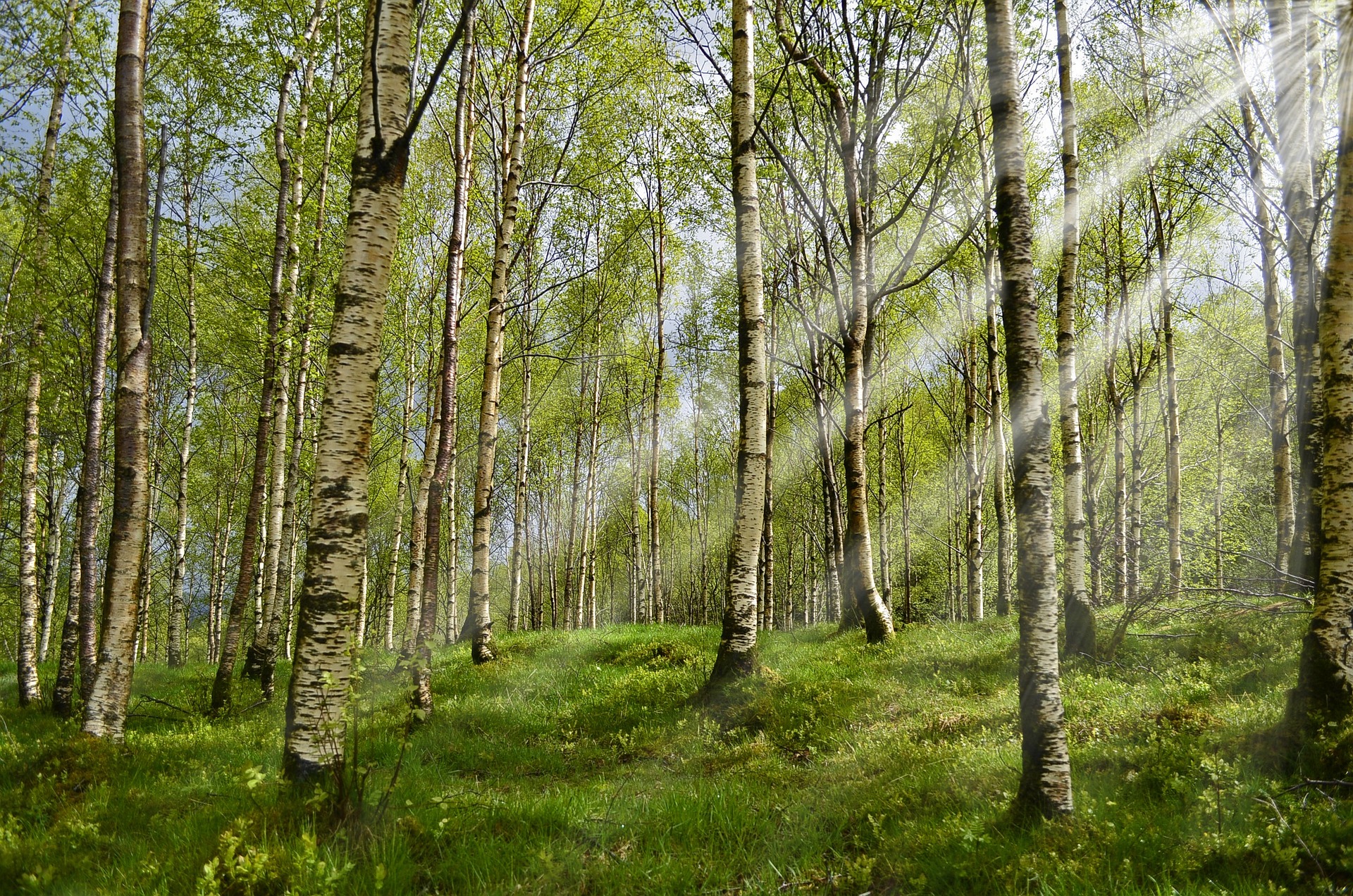Luca Greco is a law student in the HLS Food Law & Policy Clinic and a guest contributor to this blog.
As Congress turns its attention to the 2023 Farm Bill, climate and conservation are among the top issues. Republicans who have generally opposed provisions aimed at addressing climate change have signaled their concern over new mandatory programs, but have signaled openness to voluntary programs. The 2023 Farm Bill should look to bolster existing incentive programs that currently lack necessary funding and adequate support for farmers. An obvious answer for both addressing climate concerns and promoting the growth of American farms is the USDA’s agroforestry program.
What is agroforestry?
The USDA National Agroforestry Center defines agroforestry as “the intentional combination of agriculture and forestry to create productive and sustainable land use practices.” Modern agroforestry practiced in the US falls under five categories: windbreaks, riparian forest buffers, alley cropping, silvopasture, and forest farming. Each of these incorporates trees and forests into traditional farming practices or relies entirely on forests as the basis for agriculture production.
Windbreaks
Windbreaks are a type of agroforestry that uses trees and shrubs primarily to slow wind on agricultural lands, which offers several benefits. Using windbreaks to reduce wind from blowing pesticides and topsoil from farms helps to preserve soil and water quality, store carbon, and promote biodiversity.
Riparian Buffers
Riparian buffers are areas typically alongside a stream, lake, or wetland where trees and shrubs are planted for conservation purposes. The buffers offer a range of benefits to farms and surrounding areas, helping to filter out contaminants in agricultural runoff including pesticides, animal waste, and nutrients that would otherwise contaminate adjacent waters and harm local wildlife. Riparian buffers can also protect downstream cropland and communities from flood damage, serve as recreational areas, and act as an additional source of income for farmers.
Alley Cropping
Alley cropping is an agricultural system that involves planting trees or shrubs to create alleys in which farmers can grow other crops. The trees can be used for lumber or can themselves produce specialty crops, including fruits and nuts. Alley cropping can range in complexity and a wide variety of approaches have been implemented depending on the needs of the farm. The system offers farmers an opportunity to create new sources of income, transition to different farming practices, and can revitalize soil.
Silvopasture
Silvopasture involves the combination of trees and livestock grazing on the same land. This land is used to produce forest products alongside the livestock. The trees offer shaded areas for grazing animals to protect them from heat stress, can produce food like acorns and nuts for the livestock to eat, and can preserve wildlife diversity and improve local water quality. Introducing trees into pastoral lands can also prevent soil erosion and can improve soil nutrients.
Forest Farming
Forest farming represents a niche form of agroforestry dedicated primarily to producing high-value crops that grow alongside trees. These Non-Timber Forest Products, or NTFPs, include crops like mushrooms, ginseng, and plants like decorative ferns. This type of production can help meet the high demand for certain crops that can no longer be found in their historic native range due to overexploitation or products that cannot be harvested from the public lands on which they grow. This approach helps to preserve existing forests and grow new forested areas that might otherwise be used for other forms of agriculture.
Benefits of Agroforestry
Agroforestry could help to address key issues for combating climate change and its effects. Agroforestry has enormous potential to remove carbon from the atmosphere, with even conservative estimates finding that it sequesters two to five times more carbon than even the best available farming techniques. Research indicates that agroforestry could offset 33% of current annual CO2 emissions in the United States. It also presents substantial environmental benefits including reducing the use of pesticides and fertilizer and improving water quality.
Agroforestry can also help promote biodiversity and reduce species loss from traditional agriculture, and notably can help to recover habitats for endangered species. The downstream impacts noted for each form of agroforestry help to mitigate the worst effects of agriculture and create more sustainable practices that minimize damage and preserve ecosystems.
Investing in agroforestry can also help to supply Americans with a variety of nutrient dense foods. Currently, the 2020-2025 Dietary Guidelines recommend higher nut intake than the industry can currently produce. Investing in agroforestry can ensure sufficient supply of nuts and other nutrient dense foods to meet the dietary needs of all Americans without increasing imports.
While USDA is already promoting agroforestry, funding for USDA programs supporting farmers that engage in agroforestry is relatively limited. The 2023 Farm Bill should expand existing funding streams and create new incentive programs, as well as increase USDA resources to provide technical assistance to farmers. The FBLE Climate & Conservation Report explores some of these possible programs and policies for Congress and advocates to consider in the 2023 Farm Bill. Agroforestry has been overlooked as a solution to many of the challenges we face, and now is the time to give it the attention it deserves.
The views and opinions expressed on the FBLE Blog are those of the authors and do not necessarily reflect the official policy or position of FBLE. While we review posts for accuracy, we cannot guarantee the reliability and completeness of any legal analysis presented; posts on this Blog do not constitute legal advice. If you discover an error, please reach out to contact@farmbilllaw.org.


